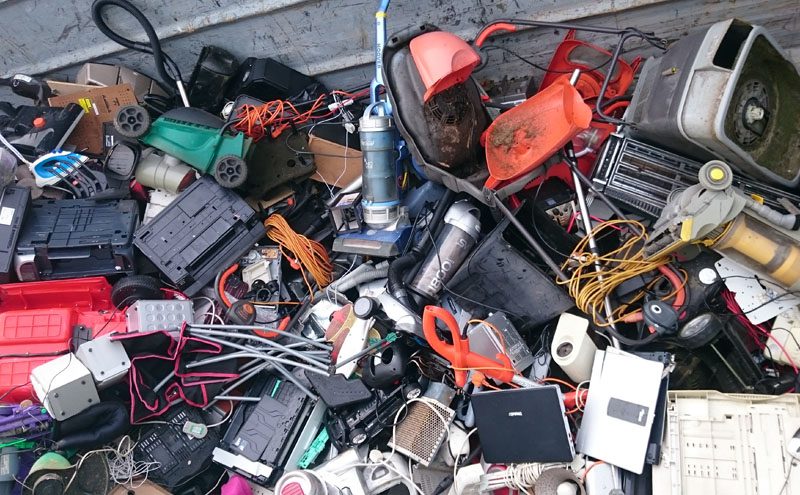
Project to investigate alternative methods for Defra’s WEEE collection target setting
REPIC, the UK’s largest Waste Electronic and Electrical Equipment (WEEE) compliance scheme, has launched a new research project with the Pentland Centre for Sustainability in Business at Lancaster University to suggest possible improvements in forecasting and help shape electronic waste recycling policies in the UK.
REPIC has independently appointed the researchers to undertake detailed data analysis to improve its intelligence on high level Electronic and Electrical Equipment (EEE) trends and WEEE generated and flows and fates, with a view to using the findings to propose improvements to WEEE forecasting. The project involves the analysis of electronic and electrical equipment put on the market and its lifecycle, as well as analysis of data about collection and recycling of WEEE.
The current model for target setting follows a one-for-one, like-for-like basis, whereby for every new electrical product sold, producer compliance schemes must collect old electrical items for recycling. A key objective of this study will be to look at the wider socio-economic factors and trends that have, to date, led to higher or lower collected WEEE tonnages against the 2017 targets set by Defra.
Figures published by the Environment Agency (EA) in September suggested that collections of waste electrical and electronic equipment (WEEE) had fallen in the second quarter of 2017 compared to the same period 12 months earlier. In October, Defra launched a consultation on potential changes to the WEEE system, which will bring into effect ‘open scope’ requirements, changing the way that some types of WEEE are classified. This will impact on the WEEE target setting even further.
REPIC hopes the research project will provide improved quality data and intelligence with which to:
o Inform the derivation of WEEE collection targets for 2018
o Estimate WEEE generated to enable producer compliance schemes to plan accordingly
o Scope further work to develop a dynamic flow model to forecast WEEE generation and help achieve collection targets
o Provide recommendations for further work to fill a prioritised list of data gaps, particularly on unknown whereabouts

The Lancaster University research team involved in the project includes Dr Alison Stowell, Dr Dmitry Yumashev, Dr Lingxuan Liu and Dr Ivar Struijker Boudier. Together, they form an inter-disciplinary team, specialising in waste policy, applied mathematics, ethical supply chains, and operational research.
Dr. Alison Stowell, from the Lancaster University comments: “We are proud to be involved in such an innovative project. Previous WEEE flow studies have focused on estimating WEEE generated and comparing this with actual data on WEEE collected through the producer compliance system. We are now considering how socio-economic factors and commodity prices influence what happens to WEEE.”
Mark Burrows-Smith, REPIC CEO, adds: ”From the collection data that we have seen so far this year it is clear the buy and dispose model for target setting is challenging at times of economic change. We know that wider socio-economic factors play a huge role in people’s purchasing and recycling behaviour. By collaborating with the research team at Lancaster University, we hope to be able to utilise the findings, to produce recommendations and costings for the development of a dynamic WEEE flow model.
REPIC’s environmental affairs manager, Sarah Downes, comments:
“Another key objective of this research project is to establish the amount and types of EEE and WEEE which will be affected by the move to open scope including the fate of previously unobligated WEEE. This will help predict the amount and fate of WEEE generated in 2018 and recommend category targets (EEE POM and WEEE) for the producer compliance system. We will also look at previous and current work on substantiated estimates and better map the WEEE of ‘unknown whereabouts’.”
The preliminary results are due to be issued in February 2018.







